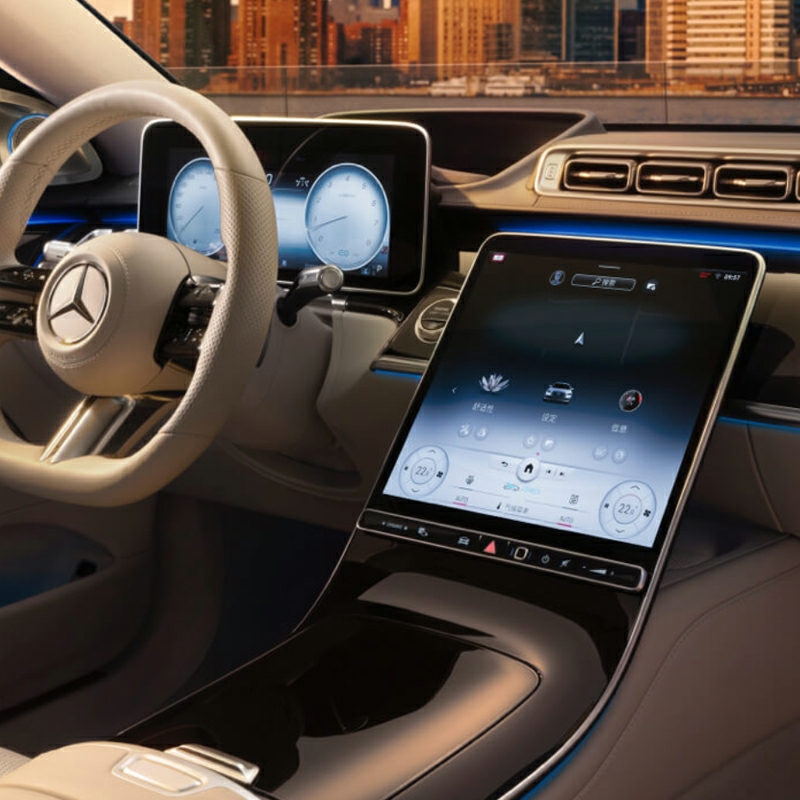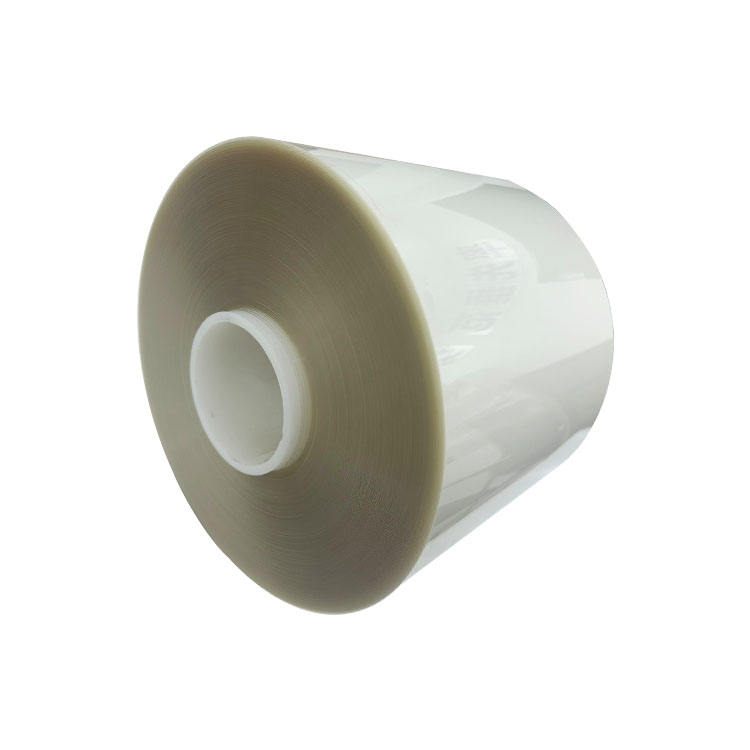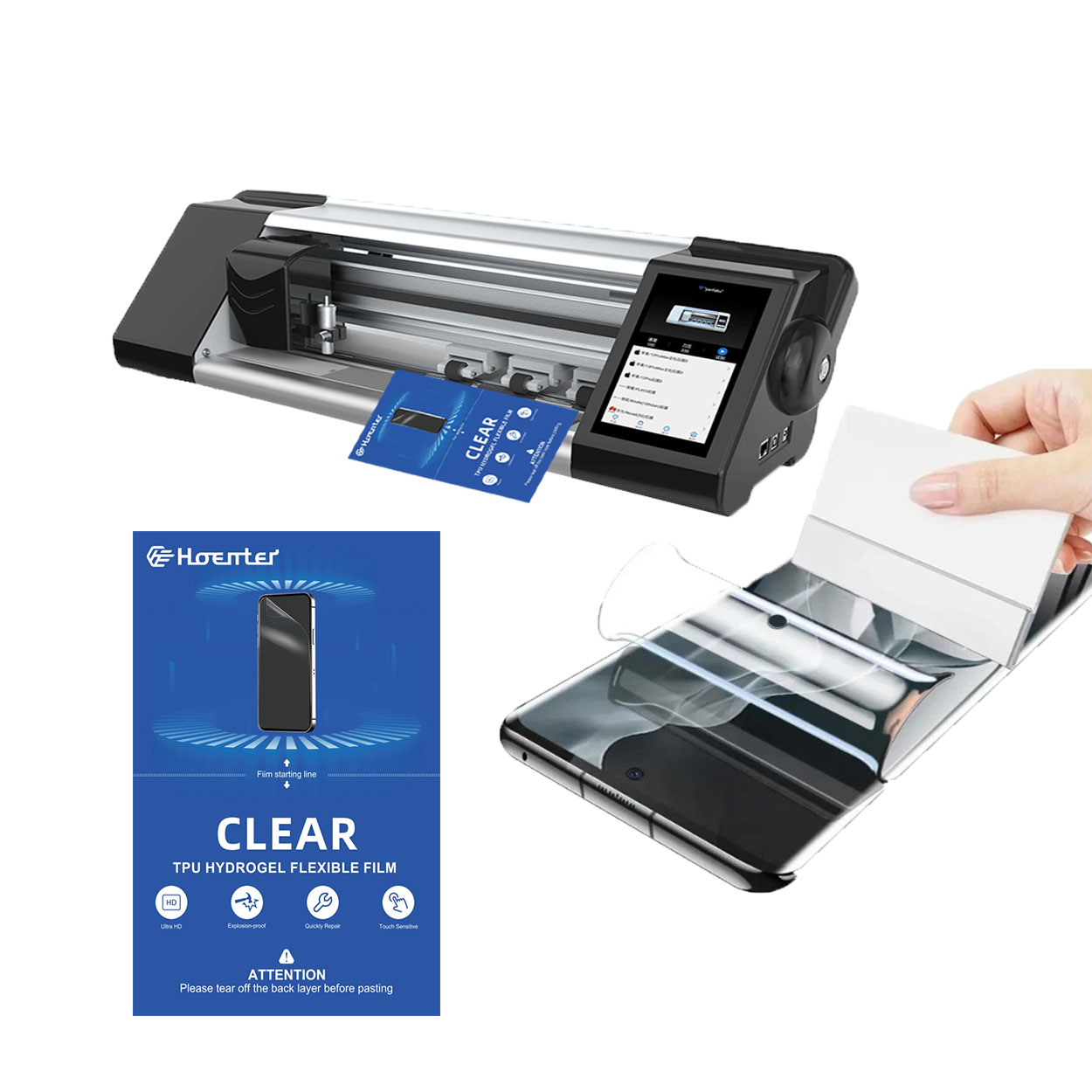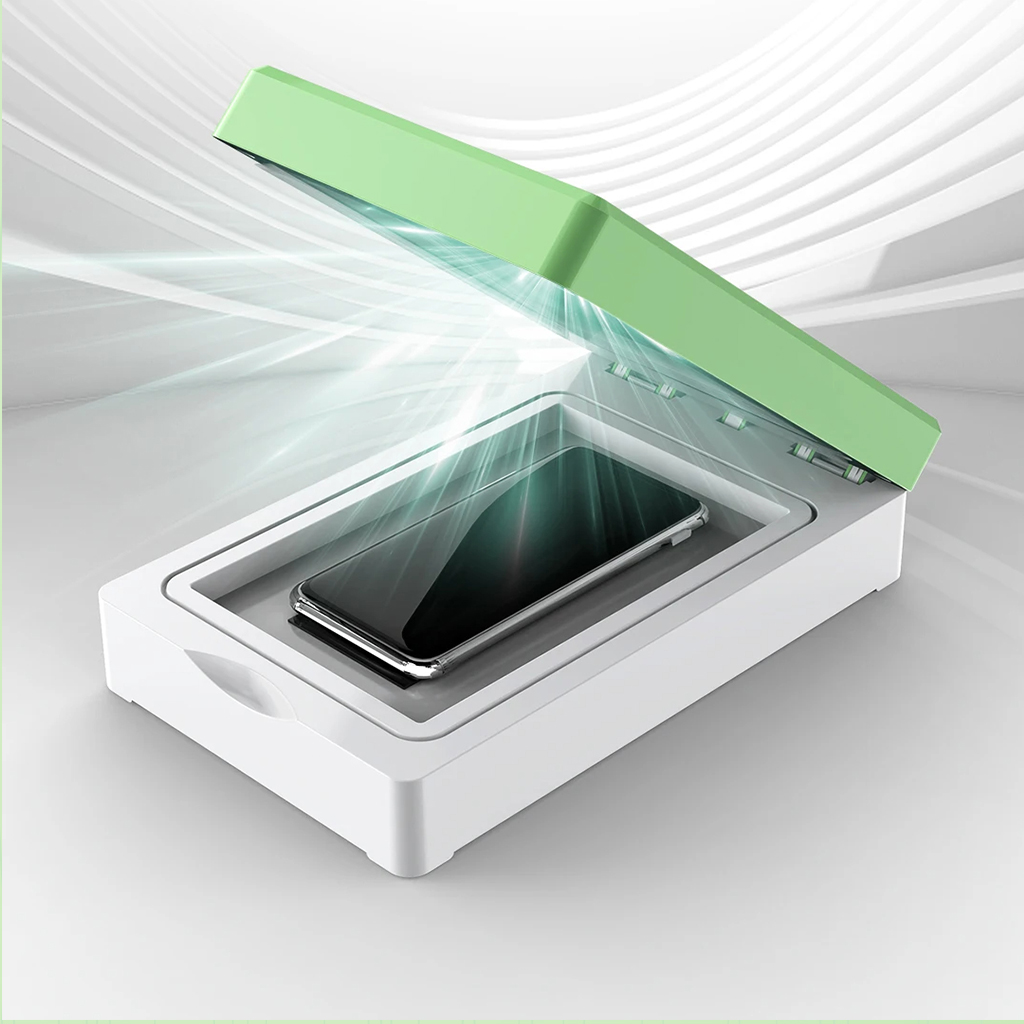
Can You Put a Screen Protector on a Cracked Phone?
สารบัญ
สรุป
- Yes, you can put a screen protector on a cracked phone screen, but it’s a temporary fix.
- Clean the screen thoroughly before applying the protector to avoid trapping dirt.
- Use tempered glass protectors for better durability and adhesive strength.
- Severe cracks may require professional repair or screen replacement.
- Prevent future damage with a phone case, high-quality protector, and careful handling.
What Happens When Your Phone Screen Cracks?
When your phone screen cracks, it’s not just a cosmetic issue—it can significantly affect the usability of your device. A cracked phone screen exposes the fragile layers of the display, making it more susceptible to further damage. Touchscreen sensitivity may also decrease, and in some cases, sharp edges of the broken glass could pose a safety hazard.Additionally, a broken phone screen can allow dust, dirt, and moisture to seep into the device, potentially damaging internal components. This makes it essential to address the issue promptly, whether by applying a screen protector, repairing the screen, or taking other preventative measures.คุณสามารถติดฟิล์มกันรอยบนหน้าจอที่แตกได้หรือไม่?
The short answer: Yes, you can put a screen protector on a cracked screen, but it’s not always a perfect solution. Applying a screen protector can help “hold” the cracks in place, preventing them from spreading further. However, the effectiveness largely depends on the severity of the crack.If the cracks are minor, a screen protector can be a great temporary fix. For heavily shattered screens, it may be difficult to apply a protector evenly, and the results might not be as effective. Regardless, a screen protector can provide some level of protection, making it a popular choice for those who aren’t ready to replace their phone screen.เคล็ดลับจากมืออาชีพ: Clean the screen thoroughly before applying the protector to avoid trapping dirt or dust under the adhesive.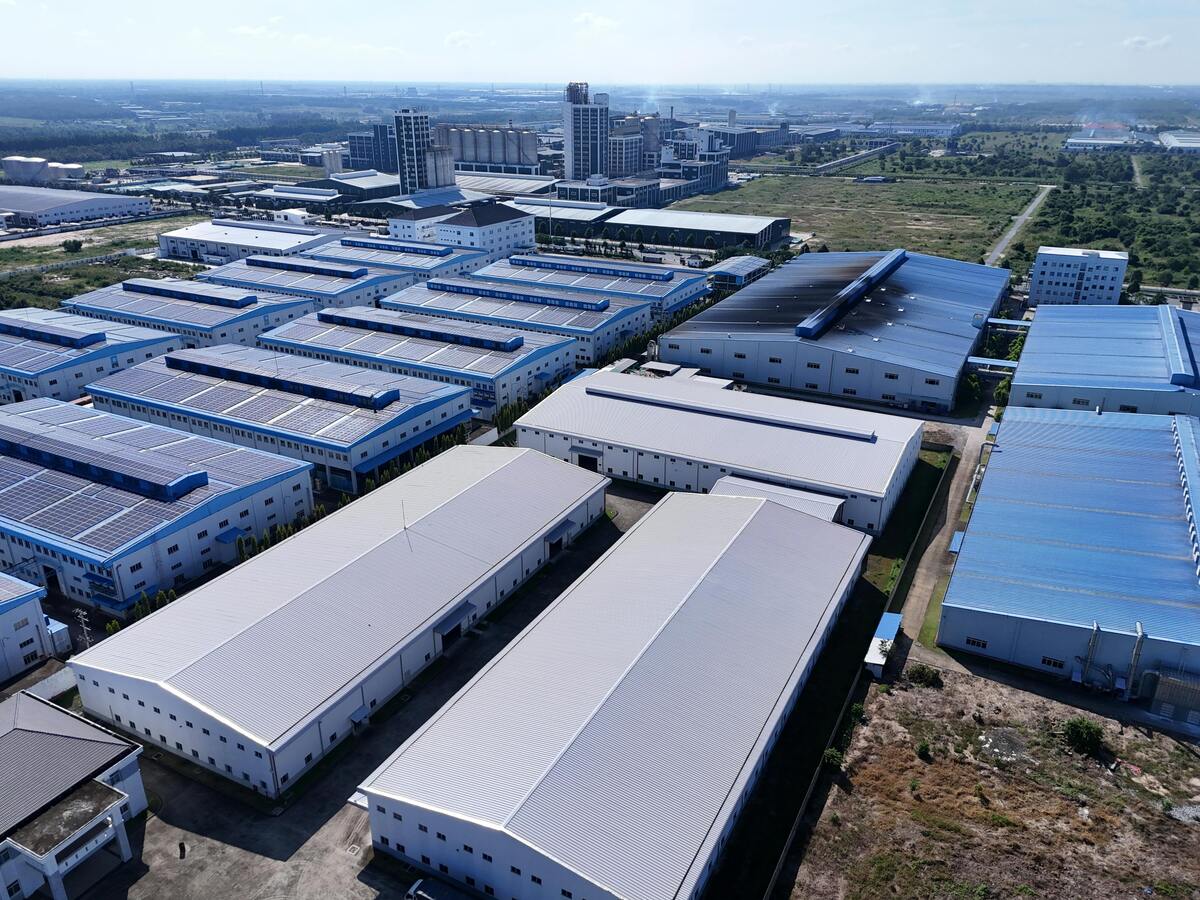
When Should You Replace the Screen Instead of Applying a Protector?
Applying a screen protector on a cracked phone screen is usually a temporary solution. However, there are situations where replacing the screen is the better (or only) option:- The touchscreen stops working: If the cracks interfere with the phone’s functionality, replacing the screen is necessary.
- The cracks are spreading quickly: A screen protector might not be enough to stop severe damage from worsening.
- Moisture or dust is seeping into the cracks: This can lead to internal damage that a screen protector cannot prevent.
- You plan to sell your phone: A cracked phone screen can significantly lower the resale value. Replacing it will help you get a better price.
How to Choose the Right Screen Protector for a Cracked Phone
Choosing the right screen protector is crucial for making this temporary fix as effective as possible. Here are a few factors to consider:1. Material Options
- กระจกนิรภัย: Offers the best durability and can help stabilize larger cracks. It’s also less prone to scratches.
- ฟิล์มพลาสติก: A thin, flexible option that works well for minor cracks but provides less protection overall.
2. Size and Compatibility
Make sure the protector is designed specifically for your phone model. An improperly sized protector won’t adhere correctly to a cracked screen.3. Adhesive Strength
For cracked screens, a screen protector with strong adhesive properties works best to hold the broken pieces together.เคล็ดลับ: Look for protectors marketed as “cracked screen-compatible” for the best results.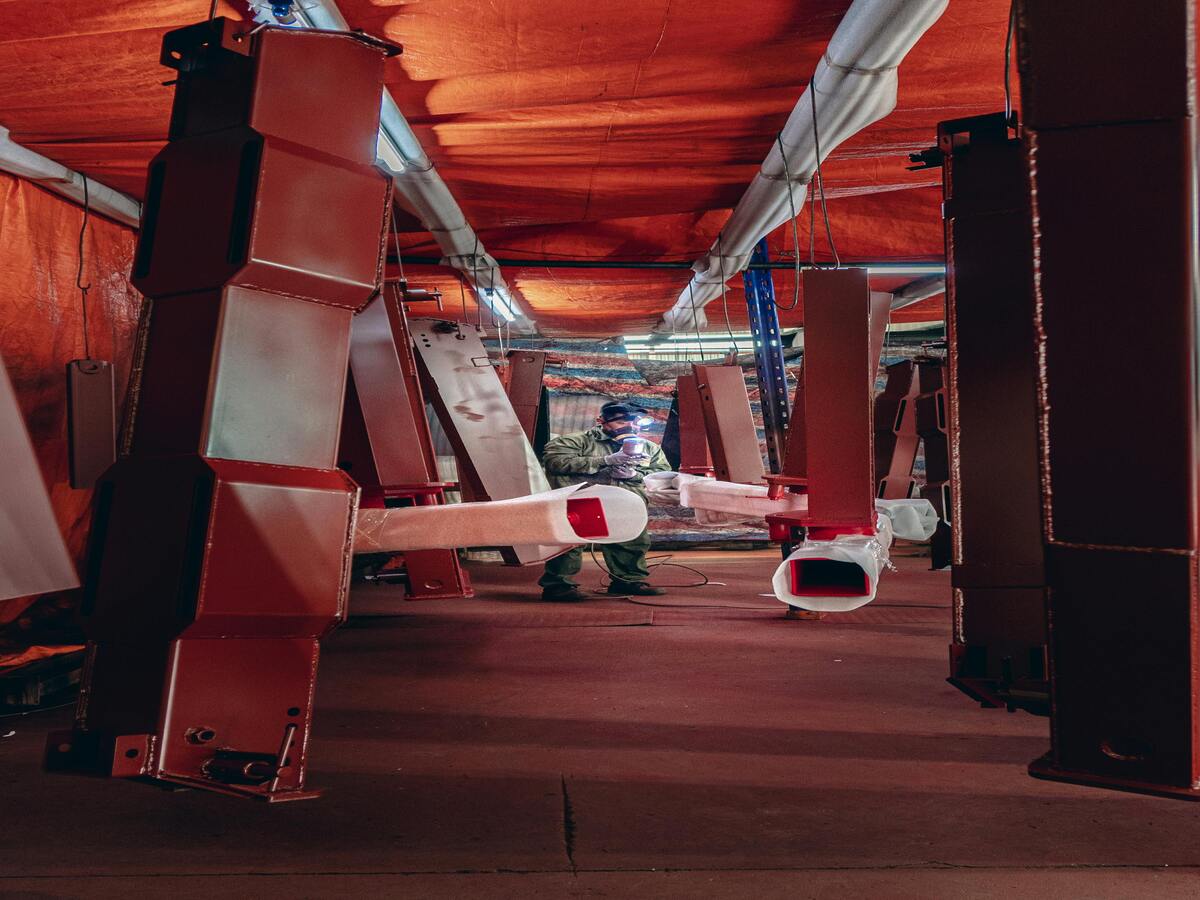
Step-by-Step Guide to Applying a Screen Protector on a Cracked Screen
Applying a screen protector to a cracked phone screen requires careful preparation. Follow these steps for the best results:Step 1: Clean the Screen
- Use a microfiber cloth to gently remove dust and debris.
- For stubborn dirt, use a small amount of isopropyl alcohol on the cloth.
Step 2: Fill Larger Cracks (Optional)
- If the cracks are deep, use packing tape or a liquid screen repair kit to create a smoother surface before applying the protector.
Step 3: Align the Screen Protector
- Carefully align the protector with your phone’s edges and cutouts.
- Use a steady hand to avoid misalignment.
Step 4: Apply the Protector
- Slowly lower the protector onto the screen, starting from one end and pressing out air bubbles as you go.
Step 5: Smooth the Surface
- Use a card or a similar flat object to press out any remaining bubbles. Be gentle to avoid worsening the cracks.
Does a Screen Protector Prevent Further Damage to a Cracked Screen?
A screen protector can help minimize further damage by holding the broken glass in place, reducing the risk of additional cracks. It can also provide a protective barrier against dirt, dust, and moisture.However, it’s important to note that a screen protector is not a permanent solution. If your phone is dropped again, the cracks could worsen, even with a protector in place. For maximum protection, consider pairing the screen protector with a sturdy phone case.Can a Screen Protector Improve Touchscreen Sensitivity on a Cracked Screen?
A cracked screen can sometimes disrupt the touchscreen’s responsiveness. While a screen protector won’t fully restore functionality, it can create a smoother surface that improves touch sensitivity.Important: If the cracks are severe and the touchscreen is largely unresponsive, applying a screen protector won’t solve the issue. In this case, professional repair or screen replacement is the only viable option.Alternatives to Screen Protectors for Cracked Phone Screens
While screen protectors are the go-to solution for many, there are other ways to protect or temporarily fix a cracked phone screen:1. Packing Tape
- Clear packing tape can act as a makeshift screen protector. It’s not as effective as a proper protector but works in emergencies.
2. Liquid Screen Repair Kits
- These kits fill small cracks and create a smoother surface. They’re not ideal for large or deep cracks but can be a good short-term fix.
3. Professional Repair
- If the damage is extensive, taking your phone to a repair shop is the best option. Many shops offer affordable, same-day repairs.
Professional Repair vs DIY: What’s the Best Option?
Choosing between professional repair and DIY methods depends on several factors:- ค่าใช้จ่าย: Screen protectors and DIY fixes are cheaper, but professional repairs offer long-term reliability.
- Severity of Damage: Small cracks can often be managed with DIY solutions, while severe damage requires professional help.
- Time: Applying a screen protector or using a repair kit is quick, but professional repairs may take longer.

Tips to Prevent Future Screen Cracks and Damage
Avoiding future damage is always better than repairing it. Here are some tips to protect your phone screen:- Use a High-Quality Screen Protector: Even on an uncracked screen, this can prevent scratches and cracks.
- ลงทุนกับเคสที่ทนทาน: Look for shock-absorbing cases with raised edges to protect the screen.
- Avoid Extreme Temperatures: Heat and cold can weaken the glass, making it more prone to cracking.
- Handle with Care: Always place your phone on stable surfaces and avoid putting it in the same pocket as keys or coins.
สิ่งสำคัญที่ต้องจดจำ
- Applying a screen protector to a cracked phone screen is a practical, temporary solution.
- For minor cracks, a screen protector can prevent further damage and improve usability.
- In severe cases, replacing the screen or seeking professional repair is the best option.
- Choosing the right screen protector and applying it carefully can make a big difference.
- Protect your phone in the future with a combination of a sturdy case and a quality screen protector.
ความคิดเห็น
แท็ก
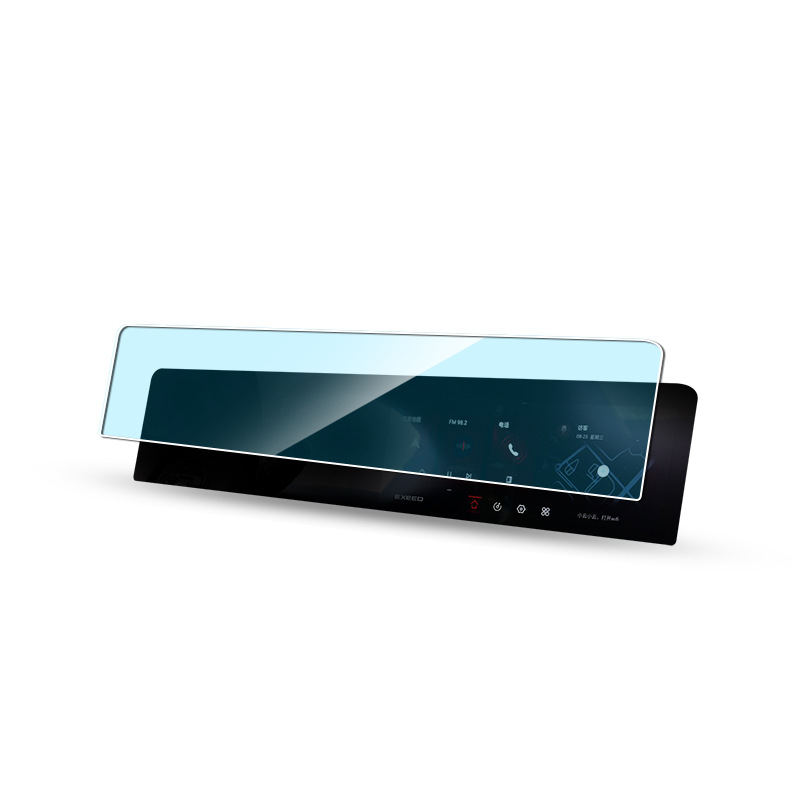
Hongqi HS9 2023 Navigation Tempered Glass
Protect your investment with a high-quality Hongqi HS9 2023 Screen Protector. Prevent scratches and damage to your new HS9’s navigation display.
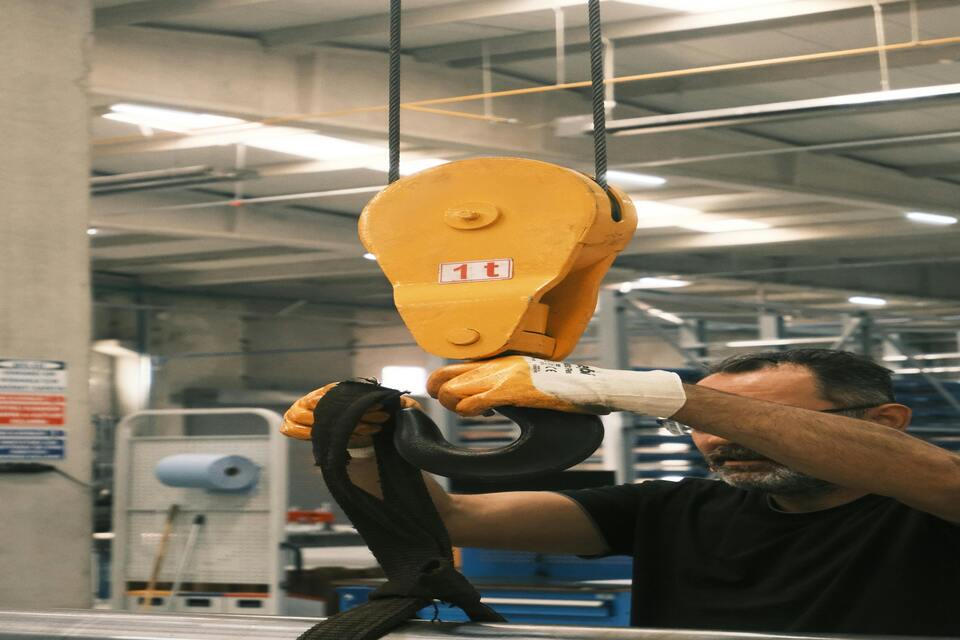
ฟิล์มกันรอยหน้าจอแบบ Paperlike คุ้มค่าหรือไม่?
คู่มือนี้ครอบคลุมทุกสิ่งที่คุณจำเป็นต้องรู้เกี่ยวกับฟิล์มกันรอย iPad แบบ Paperlike
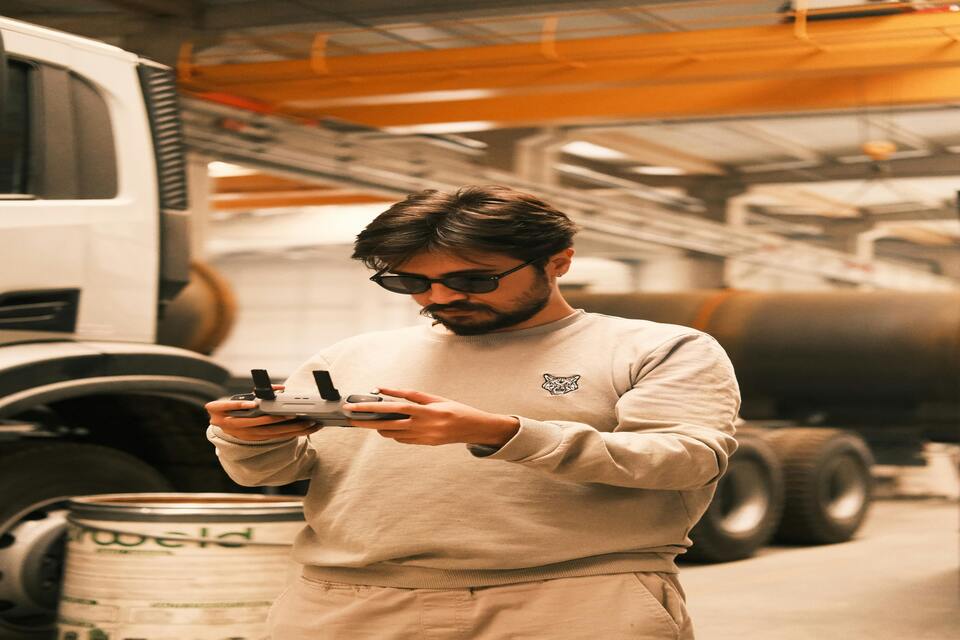
ฟิล์มกันรอยใช้งานได้ดีหรือไม่?
ฟิล์มกันรอยหน้าจอช่วยปกป้องสมาร์ทโฟนของคุณได้อย่างมีค่า ช่วยป้องกันรอยขีดข่วน รอยแตกร้าว และความเสียหายอื่นๆ

Best Blue Light & Anti Glare Protector
Tired of glare and blue light from your screen? Our Blue Light Anti-Glare Screen Protector offers the best protection for your eyes.
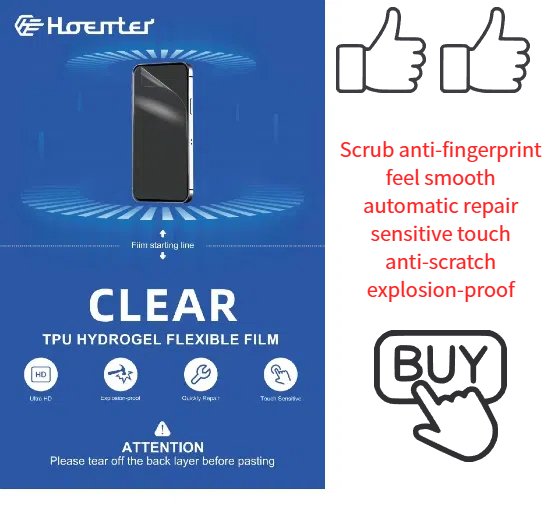
Wholesale Self-Healing EPU Clear Screen Protector
Looking for wholesale clear screen protectors with self-healing? Our EPU film provides invisible protection and superior durability for your customers.
ค้นหาความรู้และแนวโน้มทั้งหมดจากบล็อกของเรา รับราคาขายส่งและคุณภาพดีที่สุดจากโรงงานของเรา
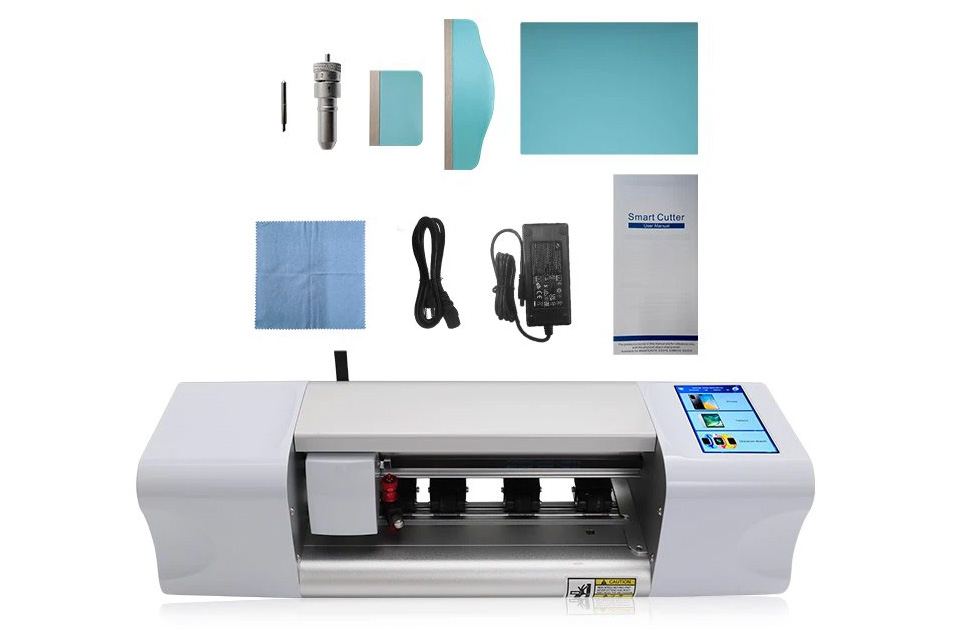
เครื่องตัดฟิล์มคืออะไรและการใช้งานของมัน
เครื่องตัดฟิล์มมีบทบาทสำคัญในวิวัฒนาการของการผลิตภาพยนตร์และกระบวนการอุตสาหกรรมต่างๆ ด้วยการช่วยให้สามารถตัดและต่อวัสดุฟิล์มได้อย่างแม่นยำ
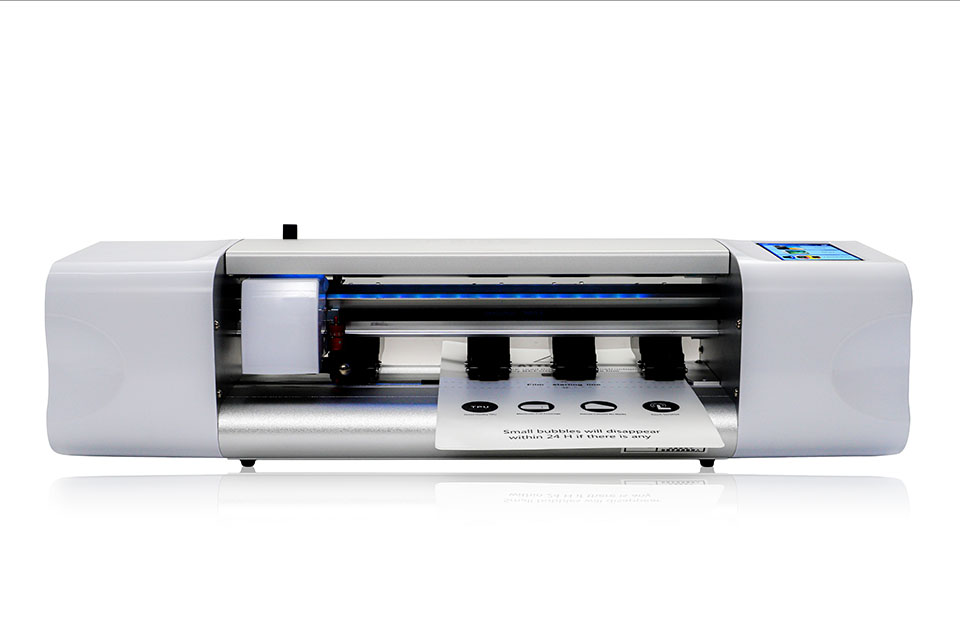
เครื่องตัดฟิล์มกันรอยคืออะไร?
เครื่องตัดฟิล์มกันรอยหน้าจอเป็นอุปกรณ์พิเศษที่ออกแบบมาเพื่อผลิตฟิล์มกันรอยหน้าจอให้พอดีกับอุปกรณ์อิเล็กทรอนิกส์ต่างๆ รวมถึงสมาร์ทโฟน แท็บเล็ต สมาร์ทวอทช์ แล็ปท็อป และจอภาพ
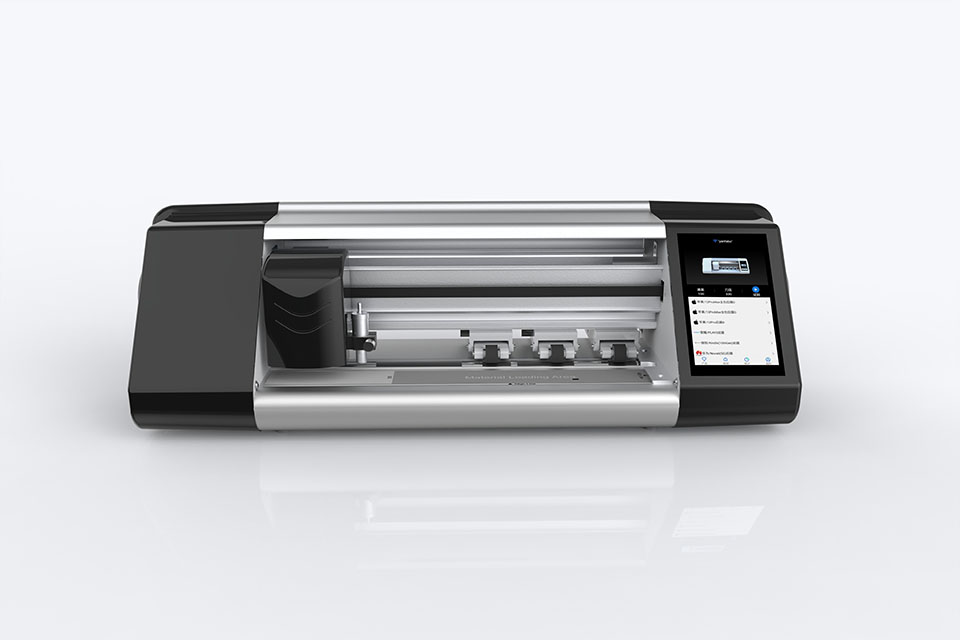
เครื่องตัดฟิล์มกันรอยหน้าจอโทรศัพท์มือถือทำงานอย่างไร?
เครื่องตัดฟิล์มกันรอยหน้าจอโทรศัพท์มือถือเป็นอุปกรณ์ที่ออกแบบมาอย่างซับซ้อน
เพื่อผลิตฟิล์มกันรอยหน้าจอแบบกำหนดเองสำหรับอุปกรณ์ดิจิตอลต่างๆ ด้วยความแม่นยำสูง
และความมีประสิทธิภาพ
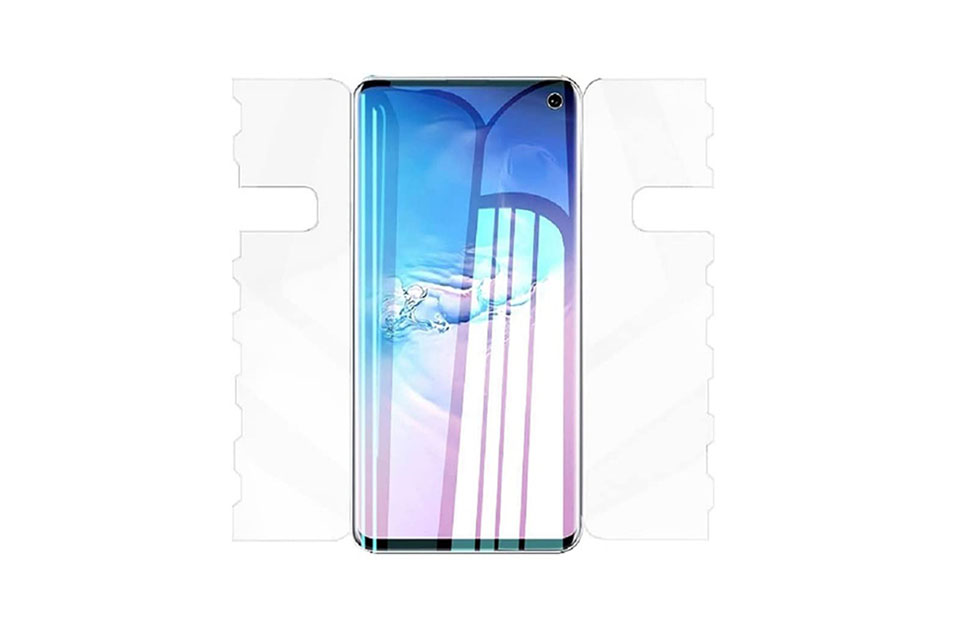
คุณสมบัติของกระจกนิรภัยสำหรับโทรศัพท์มือถือและฟิล์มกันรอยหน้าจอ TPU สำหรับโทรศัพท์มือถือ
ฟิล์มกันรอยหน้าจอเทอร์โมพลาสติกโพลียูรีเทน (TPU) มีความยืดหยุ่น ทนทาน และ
ฟิล์มพลาสติกซ่อมแซมตัวเองที่ออกแบบมาเพื่อปกป้องหน้าจออุปกรณ์อิเล็กทรอนิกส์จาก
รอยขีดข่วน การกระแทก และความเสียหายที่อาจเกิดขึ้นอื่นๆ
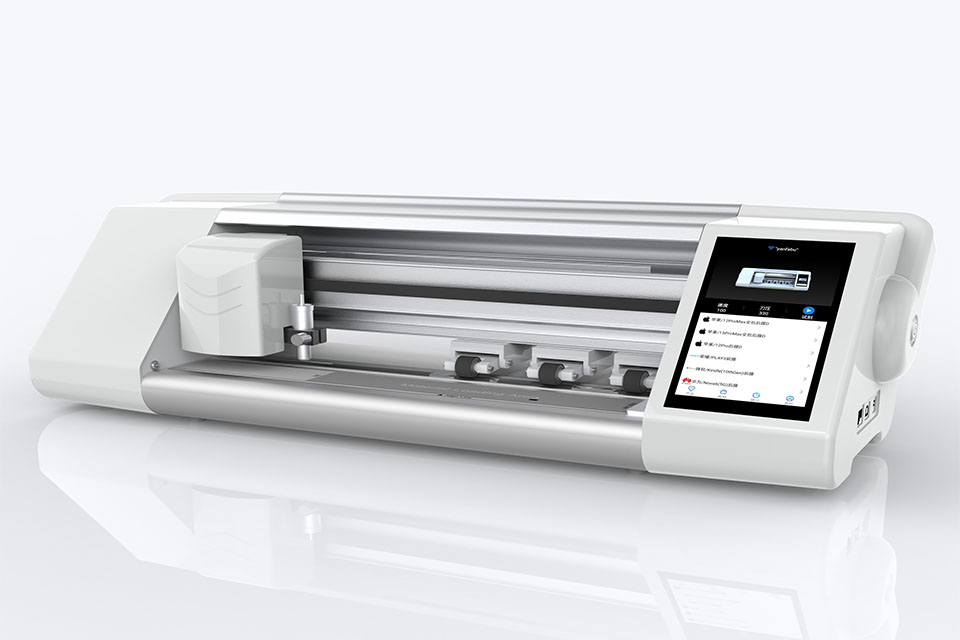
ปฏิวัติการปกป้องอุปกรณ์ด้วยเครื่องตัดการ์ดหน้าจอ
ไม่ว่าคุณจะมีสมาร์ทโฟน แท็บเล็ต หรือสมาร์ทวอทช์ อุปกรณ์อเนกประสงค์นี้สามารถรองรับอุปกรณ์ได้หลากหลายประเภท โดยสามารถปรับให้เข้ากับขนาดของอุปกรณ์ของคุณได้อย่างลงตัว จึงให้ขนาดที่พอดีซึ่งอุปกรณ์ป้องกันทั่วไปไม่สามารถเทียบได้

ฟิล์มกันรอยรับประกันตลอดอายุการใช้งาน
การรับประกันฟิล์มกันรอยตลอดอายุการใช้งานเป็นการรับประกันที่ให้โดยผู้ผลิตว่า
สัญญาว่าจะซ่อมแซมหรือเปลี่ยนฟิล์มกันรอยหน้าจอตลอดอายุการใช้งานของผลิตภัณฑ์ ภายใต้ข้อกำหนดและเงื่อนไขเฉพาะ

